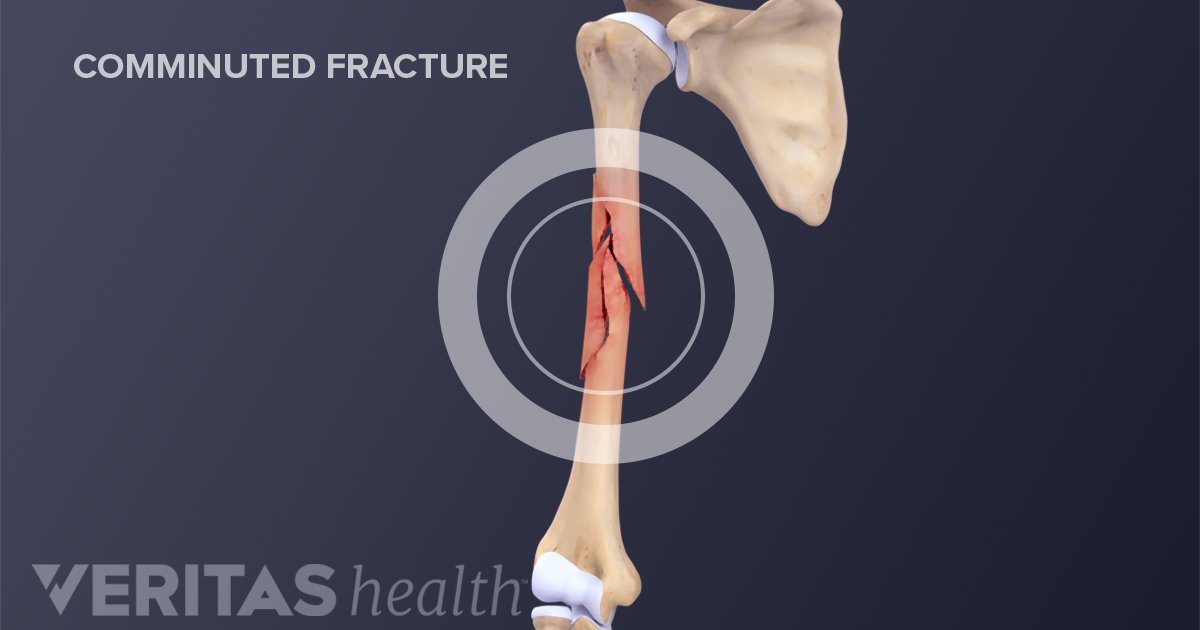

- #BONE FRACTURE VS BREAK SKIN#
- #BONE FRACTURE VS BREAK CRACK#
Sports (especially contact sports like football)Īctivities or hobbies where you could fall or experience an impact Bones can also become weak as a result of medical conditions like osteoporosis.Ĭommon causes of fractured bones include:

Sometimes minor cracks in bones are referred to as "fractures" while complete breaks or shatterings are considered a "break." However, the terms can be used interchangeably.īroken bones happen because the bone has been put under strain or trauma, which may happen during an accident or sports injury. Bones may also shatter into several pieces.
#BONE FRACTURE VS BREAK CRACK#
Through trauma or disease, a bone can lose integrity and develop a hairline crack that’s barely visible on an X-ray, or it could break through from one side to the other. The terms are used to refer to any loss of continuity of the bone. The words "bone fracture" and "broken bone" refer to the same type of injury. Save your spot online before you arrive.Mediaphotos / Getty Images Fracture vs. Get help when you need it at one of our three Beaufort Memorial Express Care & Occupational Health clinics, open after hours on weekdays and on Saturdays and Sundays. You might need physical therapy to return to your normal strength and flexibility. The amount of time it takes to fully recover depends on the severity of the sprain. You can also take an anti-inflammatory drug, such as ibuprofen, to alleviate pain.
Compress the injury with a bandage, boot or splint to reduce swelling. Ice the injury for 20 minutes several times a day. “RICE” is generally recommended to treat a sprain: Your doctor might order an X-ray or MRI to rule out other injuries. 
Since these symptoms can mimic those of fractures and contusions, it’s a good idea to get evaluated by a doctor to ensure you treat the injury properly.
#BONE FRACTURE VS BREAK SKIN#
Bruising of the skin around the injured area.SprainsĪ sprain happens when a trauma causes a ligament (the tissue that connects bones at a joint) to stretch or tear. You will likely need to continue to limit activity for some time after a cast or splint is removed, and you may need some physical therapy to regain strength in the injured area. This might be done with screws, plates and fixators or frames.īone fractures can take several months to properly heal. Surgery: For more severe breaks, your doctor might recommend a surgical procedure to put the bone back together.
 Splinting: A splint also holds the bone together while it heals, but unlike a cast, it only protects one side. This is the most common type of fracture treatment. Casting: A plaster or fiberglass cast will hold your bone in place while it grows back together. Once your doctor has diagnosed a fracture, he or she will develop a treatment plan based on the location and severity of your injury. But some, such as stress fractures, require more detailed imaging tests, such as an MRI, bone scan or CT scan. Many bone fractures will be visible on an X-ray. Redness or warmth of the skin around the area, or bruising. A deformity, such as bone poking through skin or a limb that looks odd. How do you know if you have fractured a bone? Symptoms include: Repetitive motions, like running, can also cause stress fractures. FracturesĪ bone fracture can be caused by a high-impact blow or an injury that causes the bone to twist. It can take anywhere from a few weeks to a few months for a bone bruise to fully heal. If the injury is in your leg or foot, elevating the limb can help swelling go down. Applying ice for 15-20 minutes several times a day can help with pain and inflammation. To treat a bone bruise, your doctor will likely recommend limiting physical activity and taking anti-inflammatory drugs, such as ibuprofen. But because bone bruises do not show up on X-rays, he or she might order an MRI as well, depending on the severity of the injury. Your doctor might order an X-ray to rule out a bone fracture. Because they can be quite painful, sometimes it’s hard to tell if it’s a bruise or a bone fracture. A bone bruise, or bone contusion, can occur when the tissue of a bone is damaged from a fall, an accident or a sports injury. But bruises, which happen when blood vessels break and leak a small amount of blood into the surrounding area, can go much deeper than that. When you think of a bruise, you most likely think of a tender black and blue spot on your skin. Injuries can get worse if not treated properly, so if you are in doubt, see your healthcare provider. Is it a fracture or a sprain? Or could it be a deep bruise? Do you need to see a doctor, or will it heal on its own?įractures, sprains and contusions can have similar symptoms, making it difficult to know the severity of the injury. When you get injured, it can sometimes be difficult to tell how serious it is.
Splinting: A splint also holds the bone together while it heals, but unlike a cast, it only protects one side. This is the most common type of fracture treatment. Casting: A plaster or fiberglass cast will hold your bone in place while it grows back together. Once your doctor has diagnosed a fracture, he or she will develop a treatment plan based on the location and severity of your injury. But some, such as stress fractures, require more detailed imaging tests, such as an MRI, bone scan or CT scan. Many bone fractures will be visible on an X-ray. Redness or warmth of the skin around the area, or bruising. A deformity, such as bone poking through skin or a limb that looks odd. How do you know if you have fractured a bone? Symptoms include: Repetitive motions, like running, can also cause stress fractures. FracturesĪ bone fracture can be caused by a high-impact blow or an injury that causes the bone to twist. It can take anywhere from a few weeks to a few months for a bone bruise to fully heal. If the injury is in your leg or foot, elevating the limb can help swelling go down. Applying ice for 15-20 minutes several times a day can help with pain and inflammation. To treat a bone bruise, your doctor will likely recommend limiting physical activity and taking anti-inflammatory drugs, such as ibuprofen. But because bone bruises do not show up on X-rays, he or she might order an MRI as well, depending on the severity of the injury. Your doctor might order an X-ray to rule out a bone fracture. Because they can be quite painful, sometimes it’s hard to tell if it’s a bruise or a bone fracture. A bone bruise, or bone contusion, can occur when the tissue of a bone is damaged from a fall, an accident or a sports injury. But bruises, which happen when blood vessels break and leak a small amount of blood into the surrounding area, can go much deeper than that. When you think of a bruise, you most likely think of a tender black and blue spot on your skin. Injuries can get worse if not treated properly, so if you are in doubt, see your healthcare provider. Is it a fracture or a sprain? Or could it be a deep bruise? Do you need to see a doctor, or will it heal on its own?įractures, sprains and contusions can have similar symptoms, making it difficult to know the severity of the injury. When you get injured, it can sometimes be difficult to tell how serious it is.








 0 kommentar(er)
0 kommentar(er)
